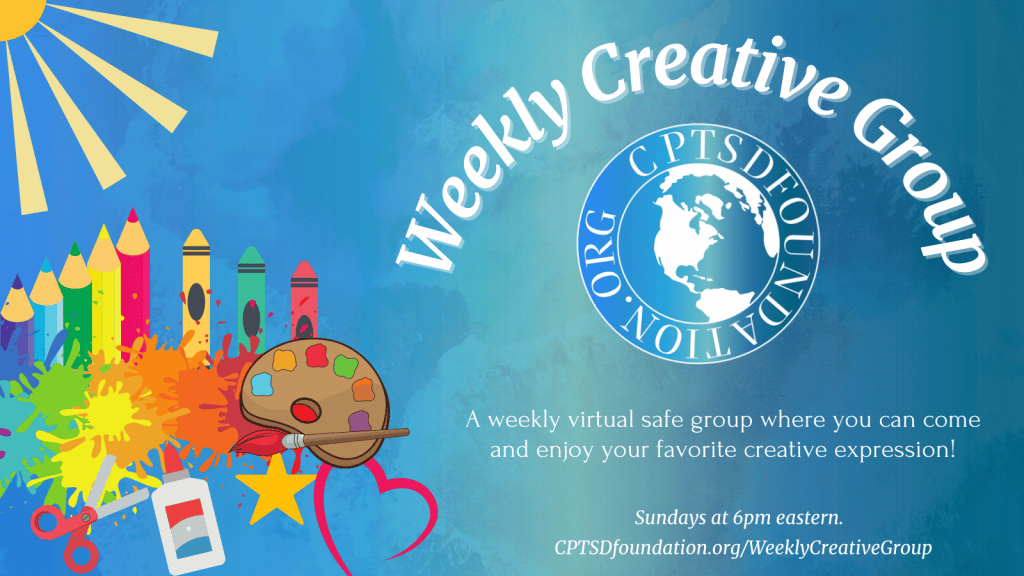Trauma rarely announces itself
It slips in through watchful eyes, a flinch when voices rise, and the quiet choke of not feeling safe in ordinary love. What starts as a survival tactic hardens into a filter, tinting every argument, text message, and missed call. The relationship appears to the nervous system to be a fire still burning. Neurobiology has mapped the circuitry for years: a threat-sensitive amygdala, stress chemistry that floods too fast, and a prefrontal cortex that goes offline under pressure. So the person accused of “overreacting” isn’t being dramatic. Their wiring was trained by experience to prefer false alarms over missed danger.
A raised eyebrow can register as a siren
Silence does not heal this, because the body keeps score with ruthless accuracy. Suppressed memories resurface as insomnia, startle responses, tight jaws, or lost words. The stress system learns to idle high, so a raised eyebrow can register as a siren. Partners then build stories about each other’s reactions—coldness mistaken for indifference, shutdown mistaken for punishment—until the entire household is run by misunderstandings. Ignoring trauma does not make it quiet: it makes it clever.
Behavior tells the truth long before language cooperates. In field work, patterns matter more than promises. You can read strain in micro-movements, breath pacing, facial expressions, and posture. None of this is mystical. The same nervous system affects how we move our muscles and how we show our thoughts and emotions (or choose to withhold them). When couples learn to read those signals without contempt, defensiveness gives way to dialogue. That is not pity–it is repair.
Our goal is to teach the nervous system that the danger has passed
This isn’t just about individual history. Families hand down responses like heirlooms. A parent who freezes under stress teaches that silence equals safety. A caregiver who soothes with criticism teaches that love must be earned. These scripts repeat until someone names the pattern and refuses to stage it again. Awareness is the lens; method is the tool. Effective methods exist. EMDR helps the brain refile threat memories so the present stops paying interest on the past. Somatic work retrains the body to tolerate calm without bracing for the hit. Neurofeedback can help a volatile system practice steadier rhythms. But we know that the aim is not erasure. Our goal is to teach the nervous system that the danger has passed.
Now the harder subject—when trauma starts wearing the mask of love. A trauma bond is not devotion. It is conditioning. The cycle is brutally efficient: tension, explosion, apology, reward, calm. Early charm or tenderness triggers dopamine and oxytocin–the same chemistry that cements attachment. Then the cut—rejection, insult, punishment—teaches the brain that relief must be chased. Intermittent reinforcement hijacks the reward system so the victim pursues the next moment of peace, rather than the person. Cortisol keeps the body on alert. Exhaustion slowly replaces clarity. What looks like “choosing to stay” often feels like choosing the only predictable thing left—hope that the good version will someday return.
Telling someone to “just leave” pretends that this is a logistics problem. It isn’t. It is a neurological snare tightened by isolation and shame. Cognitive dissonance sets in—logic wrestling with longing. Each temporary calm floods the system with biochemical relief that argues for staying. Each new episode resets the loop. Outsiders (family and friends) see inconsistency. The body senses withdrawal. That is why education matters. Loyalty formed under threat is not consent. It is the survival brain trying to maintain peace in any way possible.
There is another trap worth naming. Social media pushes dangerous armchair diagnoses and meme-based recovery plans. Strangers declare entire personalities from a single screenshot. Complex captivity gets recast as “bad choices,” which only deepens shame and delays exit. Precision isn’t elitist—it’s ethical. People deserve explanations that honor the complexity of what happened to them, and care that respects biology as well as psychology.
Breaking the cycle, whether in a brittle marriage or a trauma bond, comes down to integrity with the facts. The facts are neurological and behavioral. Own your nervous system so you do not outsource your sense of security to a partner, a rescuer, or a fantasy. Learn the tells—when your reaction belongs to today and when it is an echo from years ago. Build boundaries that communicate care rather than control. Use methods that actually change circuitry: EMDR for memory processing, somatic work for state tolerance, structured support to rebuild social mirrors, and keep you from walking back into the maze. Recovery is not measured only by distance from the person who hurt you. It is measured by the distance from the chemical chaos that used to define love.
Healthy connection is not the absence of conflict. It is the absence of fear running the script. When fear is identified as the intruder, couples can argue without threat signals detonating the conversation. Individuals can end cycles without hating themselves for how long they stayed. And families can stop teaching children that quiet equals safety. Trauma may redraw the map, but it does not choose the destination. That part is learned—with practice, with method, and without shame.
Sources
National Institutes of Health
American Psychological Association
Bessel van der Kolk – The Body Keeps the Score
Judith Herman – Trauma and Recovery
Stephen Porges – Polyvagal Theory research
Dr. Patrick Carnes – The Betrayal Bond
Harvard Medical School – Trauma neurobiology reports
Bruce Perry & Oprah Winfrey – What Happened to You?.
Photo by camilo jimenez on Unsplash
Guest Post Disclaimer: Any and all information shared in this guest blog post is intended for educational and informational purposes only. Nothing in this blog post, nor any content on CPTSDfoundation.org, is a supplement for or supersedes the relationship and direction of your medical or mental health providers. Thoughts, ideas, or opinions expressed by the writer of this guest blog post do not necessarily reflect those of CPTSD Foundation. For more information, see our Privacy Policy and Full Disclaimer.
Dr. Mozelle Martin is a retired trauma therapist and former Clinical Director of a trauma center, with extensive experience in forensic psychology, criminology, and applied ethics. A survivor of childhood and young adulthood trauma, Dr. Martin has dedicated decades to understanding the psychological and ethical complexities of trauma, crime, and accountability. Her career began as a volunteer in a women’s domestic violence shelter as a hospital advocate, later becoming a Police Crisis Therapist working alongside law enforcement on the streets of Phoenix. She went on to earn an AS in Psychology, a BS in Forensic Psychology, an MA in Criminology, and a PhD in Applied Ethics, ultimately working extensively in forensic mental health—providing psychological assessments, crisis intervention, and rehabilitative support within prisons and jails. Dr. Martin is also pursuing advanced legal studies at ASU Law, focusing on internet/cyber-defamation and constitutional law to advocate for stronger protections against targeted professional attacks online. A published author and lifelong student of life, she continues to explore the intersections of forensic science, mental health, and ethical accountability in both historical and modern contexts.





Dear Dr. Martin,
This is such a profoundly insightful and beautifully articulated piece. You’ve captured the invisible complexities of trauma bonding with remarkable clarity and compassion. The way you explained how the nervous system confuses threat and attachment—how trauma can masquerade as love—felt both scientifically grounded and deeply human. It’s rare to find writing that bridges neurobiology and emotional truth so seamlessly.
Your line “Loyalty formed under threat is not consent” struck me especially hard. It perfectly summarizes what so many survivors struggle to understand—and what society so often misunderstands. The distinction you made between logic and longing, between safety and familiarity, truly brings compassion into the discussion of why people stay in harmful dynamics.
I also appreciate your emphasis on precision and ethical care—reminding readers that recovery isn’t about oversimplified advice or meme therapy, but about re-teaching the nervous system that the danger has passed. That message alone could change how many approach healing.
Thank you for writing this with such depth, integrity, and empathy. It not only educates but validates countless survivors who have lived through this confusion between love and fear. Your work gives language to what so many have felt but couldn’t articulate.
Warm regards,
Kaushik M.
Kaushik,
Thank you for taking the time to write such a thoughtful response. Your comment reads like someone who has really sat with both the science and the human side of this, and that matters in a space where survivors are so often reduced to clichés or blamed for “choosing” what was never actually safe.
I’m glad the distinction between loyalty and consent landed for you. That line tends to be where many people finally realize, “It wasn’t weakness. It was conditioning.” When we understand that the nervous system is trying to keep us alive, not sabotage us, the whole story shifts from shame to context. Logic and longing really do live in two different rooms, and trauma bonds exploit that split.
You’re absolutely right about the need for precision and ethical care. People deserve more than meme therapy and vague encouragement. They deserve language that matches what their body has been trying to say for years, and methods that actually help the nervous system learn that the danger has passed.
Thank you again for honoring the depth of the topic and, by extension, the depth of the people living it.